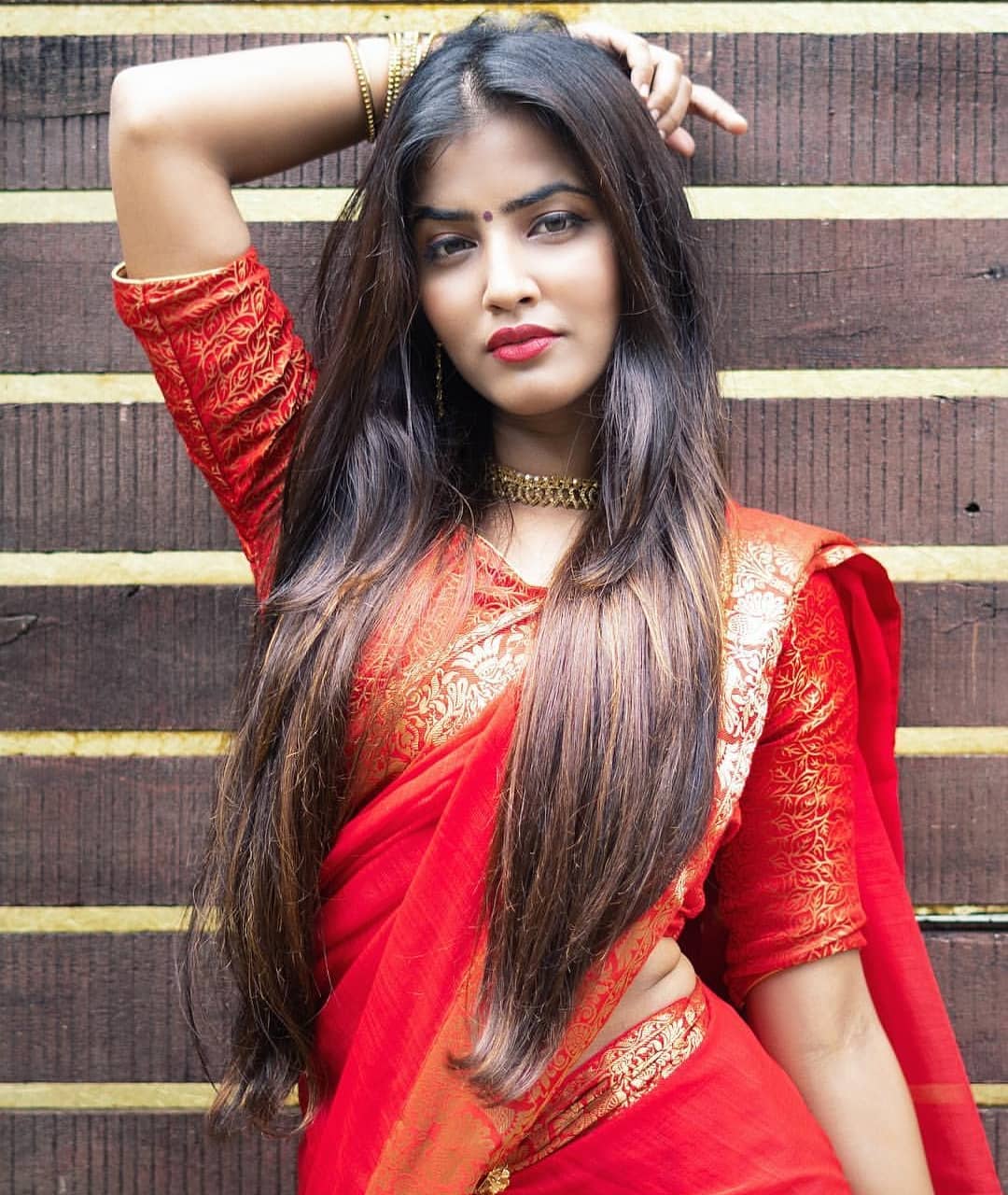Desi Heritage represents a harmonious blend of diverse traditions, languages, and lifestyles that define the South Asian identity. This article dives deep into the fascinating history, art, cuisine, and contemporary influence of Desi culture. As we explore the multifaceted aspects of Desi heritage, we aim to highlight the unique contributions South Asians have made to the global cultural mosaic.
South Asia, encompassing nations such as India, Pakistan, Bangladesh, Nepal, Bhutan, and Sri Lanka, is a melting pot of languages, religions, and traditions. Embracing the essence of Desi culture means appreciating the intricate interplay of its diversity. From the colorful festivals to the rich culinary traditions, the Desi experience is both engaging and enlightening, offering a window into the region's soul.
Through this article, we will explore the various elements that define Desi culture, ranging from traditional attire and music to its influence on modern society. By the end of this comprehensive journey, readers will have a deeper appreciation for the South Asian cultural legacy and its dynamic evolution in today’s world.
Read also:Understanding The World Of 9xmovies A Comprehensive Guide
Contents
- 1. The Rich Historical Tapestry of Desi Heritage
- 2. Celebrating Traditions and Festivals
- 3. A Journey Through Desi Culinary Delights
- 4. Masterpieces of Art and Craftsmanship
- 5. The Melodies of Desi Music
- 6. The Elegance of Traditional Clothing
- 7. Desi Culture in the Modern World
- 8. Final Thoughts
1. The Rich Historical Tapestry of Desi Heritage
The history of Desi culture is a fascinating narrative woven through centuries of civilization and cultural evolution. From the ancient Indus Valley Civilization to the grandeur of the Mughal Empire, each era has left an indelible mark on the identity of South Asia. This rich historical backdrop shapes the vibrant culture we see today.
Key historical milestones include:
- The Indus Valley Civilization (c. 2500–1900 BCE): One of the world's earliest urban cultures, known for its advanced urban planning and social organization.
- The Vedic Period (c. 1500–500 BCE): The foundation of Hindu philosophy, religion, and cultural practices.
- The Mughal Empire (1526–1857): A period of immense cultural and architectural achievements, including the construction of the Taj Mahal.
- The British Colonial Era (1858–1947): A transformative period that introduced modern education, governance, and societal changes.
2. Celebrating Traditions and Festivals
Desi culture is renowned for its vibrant traditions and festivals that celebrate the region's rich diversity. These celebrations often involve family gatherings, music, dance, and delectable cuisine, creating a sense of unity and joy. Below are some of the most celebrated festivals:
- Diwali: The Festival of Lights, symbolizing the victory of light over darkness, celebrated with fireworks, prayers, and feasting.
- Eid al-Fitr: A joyous occasion marking the end of Ramadan, celebrated with communal prayers and festive meals.
- Holi: The Festival of Colors, celebrating the arrival of spring and the triumph of good over evil.
- Navratri: A nine-night celebration dedicated to the worship of the goddess Durga, featuring traditional dances like Garba and Dandiya.
3. A Journey Through Desi Culinary Delights
The culinary landscape of Desi culture is as diverse as the people who create it, offering an array of flavors and dishes that tantalize the taste buds. South Asian cuisine is distinguished by its use of spices, herbs, and unique cooking techniques. Some iconic dishes include:
- Biryani: A flavorful rice dish cooked with marinated meat, spices, and aromatic herbs.
- Curries: A variety of meat and vegetable dishes cooked in rich, spiced gravies, often served with rice or bread.
- Samosas: Crispy pastries filled with spiced potatoes, peas, or meat, perfect for snacking.
- Dhal: A comforting lentil soup, a staple in many South Asian households, known for its nutritional value.
The tradition of communal dining fosters a sense of togetherness, strengthening familial and community bonds through shared meals.
4. Masterpieces of Art and Craftsmanship
Artistic expression is a cornerstone of Desi culture, reflecting the region's history and creativity through various forms. Traditional art forms include:
Read also:Exploring Hdhub4u Your Gateway To Hollywood Entertainment
- Miniature Painting: An intricate art form that captures historical and mythological narratives with exquisite detail.
- Textile Weaving: Renowned for its vibrant colors and intricate patterns, each region boasts its own unique style, such as the vibrant silks of Banaras and the handwoven fabrics of Gujarat.
- Pottery and Ceramics: Each region has its own distinct pottery traditions, often reflecting local customs and values.
These art forms not only serve aesthetic purposes but also carry deep cultural significance, preserving stories and traditions through generations.
5. The Melodies of Desi Music
Music plays an essential role in Desi culture, encompassing a wide array of genres and styles. Traditional music includes:
- Classical Music: Divided into Hindustani (North Indian) and Carnatic (South Indian) traditions, both celebrated for their intricate melodies and rhythms.
- Folk Music: Rooted in local traditions, folk music is often performed during festivals and celebrations, capturing the essence of regional cultures.
- Bollywood Music: Modern film music that blends traditional and contemporary influences, captivating audiences worldwide.
Music serves as a powerful medium for storytelling and cultural expression, uniting people across diverse backgrounds and fostering a sense of community.
6. The Elegance of Traditional Clothing
Clothing styles in Desi culture vary widely across regions, influenced by climate, cultural practices, and social norms. Some iconic traditional garments include:
- Saree: A timeless attire for women, consisting of a long piece of fabric draped elegantly in various styles.
- Kurta: A versatile tunic worn by both men and women, often paired with leggings or loose trousers.
- Lehenga: A traditional skirt adorned with intricate embroidery, commonly worn during festivals and weddings.
Fashion in Desi culture is a vibrant expression of identity, often intertwined with social and religious significance, showcasing the beauty of tradition.
7. Desi Culture in the Modern World
In today’s globalized world, Desi culture continues to evolve, influenced by cultural exchange and technological advancements. South Asians have made significant contributions in various fields, including:
- Technology: With a growing number of professionals excelling in the tech industry, contributing to innovation and development.
- Entertainment: Bollywood and South Asian music have gained international acclaim, captivating audiences worldwide.
- Fashion: Designers are blending traditional elements with modern aesthetics, creating innovative and stylish collections.
This fusion of tradition and modernity is reshaping the perception of Desi culture on the global stage, highlighting its dynamic and adaptive nature.
8. Final Thoughts
Desi culture represents a vibrant tapestry of traditions, history, and art that continues to thrive and adapt in today's world. From its rich culinary heritage to its artistic expressions, Desi culture offers a wealth of experiences waiting to be explored. We encourage you to share your thoughts and experiences related to Desi heritage in the comments below and explore more articles to deepen your understanding of this fascinating culture.
Thank you for joining us on this journey through the world of Desi culture. We hope this article has inspired you to appreciate the richness of South Asian heritage and its ongoing contributions to the global community. Stay tuned for more insights into cultures around the globe!

